Prof. Dr. Yunus Aydın is transforming the field of spinal healthcare, offering unmatched medical services and heralding a new chapter in the alleviation of back pain through his dedicated career and profound expertise in spinal surgeries.
Having completed an impressive array of over 2800 aneurysm operations and more than 400 AVM treatments, Prof. Dr. Yunus Aydın is distinguished for his personalised patient care, placing a strong emphasis on patient well-being and satisfaction throughout their treatment course.
Aydın’s Spinal Surgery Methodology
The Aydın Spinal Surgery Methodology, conceptualised by Prof. Dr. Yunus Aydın, represents a seminal advancement in the domain of spinal surgery, introducing specialised treatments for spinal stenosis and spinal cord compression without the necessity for metal, thereby reducing tissue impact. This methodology includes day-case procedures for disc herniations, non-invasive strategies for cervical disc herniation, and potent solutions for spinal canal stenosis owing to cervical calcification.
With a strategy of unilateral approach for bilateral decompression in spinal stenosis, Prof. Dr. Yunus Aydın has effectively utilised this methodology in upwards of 4,000 cases across two decades. “Our goal is to preserve the natural structure and mobility of the spine while providing more room to squeezed spinal nerves,” he elucidates. Highlighting the prevalence of spinal stenosis in the elderly, he critiques the surgical trend towards instrumented methods, which involve prolonged and invasive surgeries, consequently delaying the patient’s recuperation. He promotes more succinct, less invasive surgeries for the elderly to mitigate postoperative complications, underscoring the importance of immediate postoperative mobility.
“By using a unilateral approach, on the symptomatic side, we can decompress the spinal canal stenosis and clean disc herniations effectively, minimizing the risk of ‘Adjacent Segment Disease’ and ensuring a faster return to normal life for our patients.” Moreover, this approach is adaptable for addressing multi-level stenosis through one incision, without impairing the spine’s structural integrity.
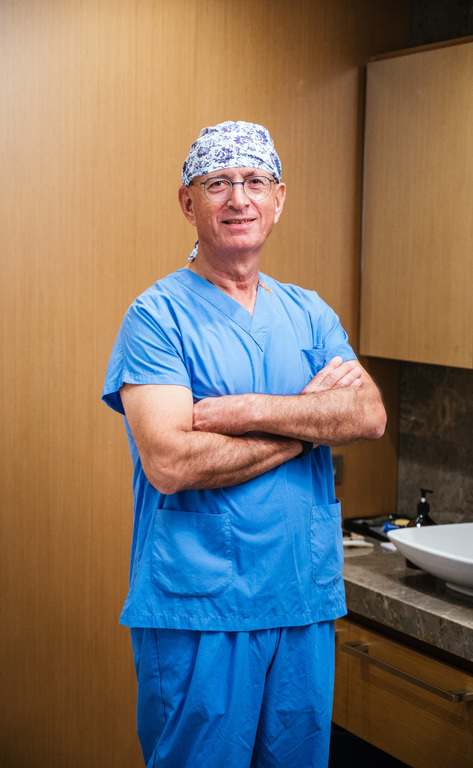
Establishing a Natural Gateway on the Spinal Aspect
In the treatment of spinal stenosis, Prof. Dr. Yunus Aydın employs an innovative technique that steers clear of the drawbacks of traditional screw and rod systems. Although these conventional methods are adept at addressing traumatic fractures or spinal complications from tumour growth, they can influence the spine’s biomechanics, often necessitating further interventions.
Drawing on his extensive experience from over 10,000 surgical procedures, Prof. Dr. Yunus Aydın’s method involves crafting a natural gateway on one side of the spine to perform essential surgeries without compromising spinal stability. This approach maintains joint dynamics and prevents the incidence of adjacent segment disease, with most patients being discharged within a day following their spinal surgery.
Enhanced Healing Through Minimally Invasive Approaches
“The key to successful spinal surgery lies in respecting the integrity of the spine’s supporting structures,” Prof. Dr. Yunus Aydın points out. Employing sophisticated surgical instruments like the high-speed drill and Kairison bone cutter, these operations can be executed in a manner that is less invasive, reduces haemorrhage, and heightens efficiency. Additionally, by conserving the yellow ligament in microdiscectomy, the operation lessens tissue damage, thus diminishing the likelihood of nerve adhesions and the risk of failed back surgery syndrome.
Patients subjected to these leading-edge spinal surgeries can expect significantly shorter hospitalisation periods, with many being discharged either on the day of or the following day. Almost all patients are able to resume their everyday activities within 15 days, attesting to the minimally invasive nature of these surgical interventions.

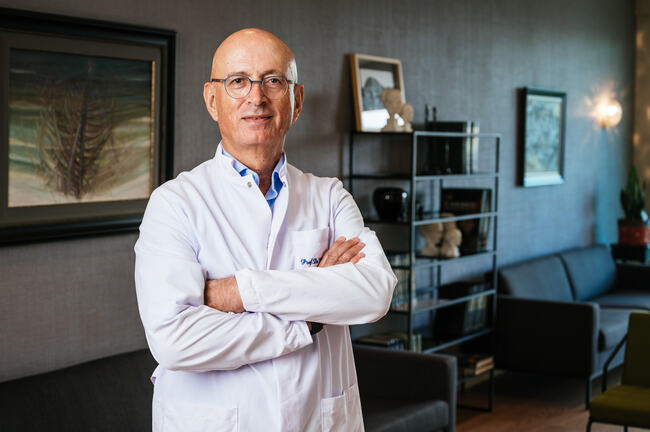
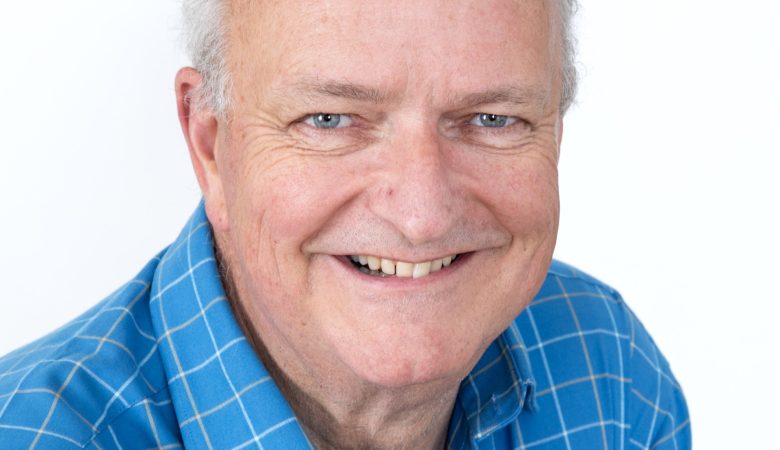
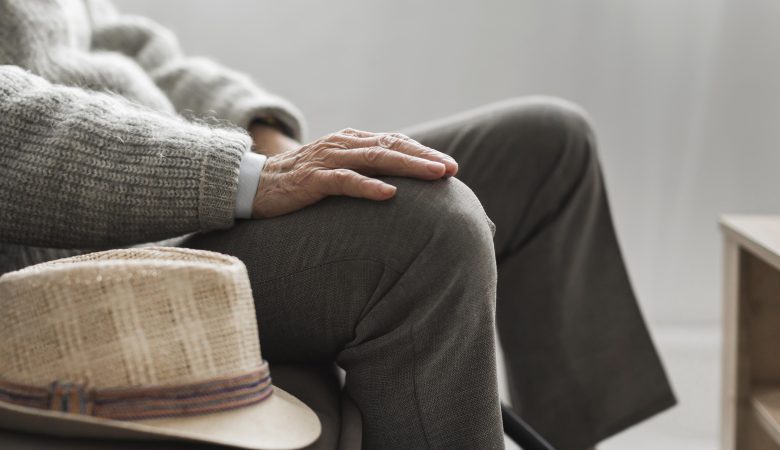

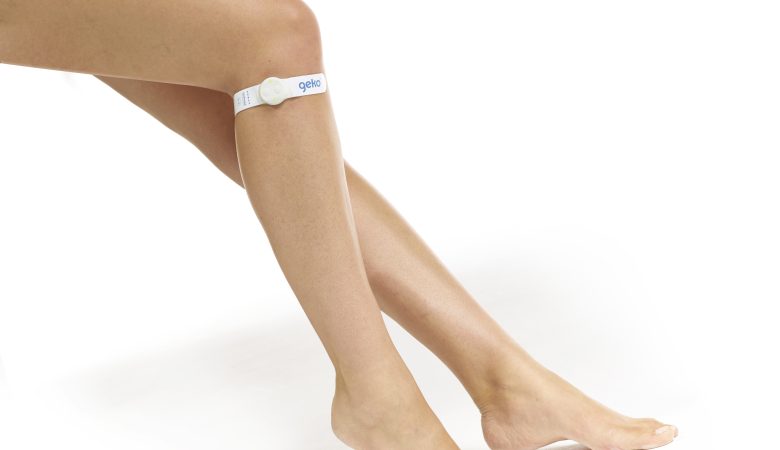
lasuna usa – himcolin canada cheap himcolin without prescription
oral besivance – besivance where to buy cheap sildamax tablets
neurontin buy online – where to buy neurontin without a prescription azulfidine for sale
probenecid oral – buy carbamazepine tablets order carbamazepine
order celecoxib generic – order indocin 50mg for sale indomethacin 50mg price
purchase colospa online – where can i buy pletal buy pletal 100 mg for sale
buy diclofenac 100mg for sale – order voltaren 50mg pills aspirin canada
rumalaya order online – buy shallaki generic buy amitriptyline 50mg for sale
diclofenac sale – imdur medication order nimodipine generic
order baclofen 10mg sale – order ozobax generic order feldene 20mg online cheap
mobic without prescription – how to get rizatriptan without a prescription toradol drug
buy periactin 4mg for sale – tizanidine where to buy zanaflex tablet
cheap artane pills – artane drug how to purchase emulgel
buy omnicef 300 mg pills – buy generic cleocin buy cleocin gel
deltasone 10mg price – buy prednisone 20mg generic elimite oral
buy betnovate creams – betnovate for sale buy benoquin without prescription
flagyl pills – flagyl 200mg without prescription order cenforce 100mg for sale
buy amoxiclav generic – order levothyroxine generic levothyroxine online buy
purchase cleocin sale – order indomethacin capsule generic indocin
buy cozaar for sale – where to buy cozaar without a prescription cost keflex 500mg
eurax sale – eurax for sale online aczone medication
provigil 200mg drug – cheap promethazine 25mg buy generic melatonin for sale
Only a smiling visitant here to share the love (:, btw great layout.
bupropion brand – brand xenical buy shuddha guggulu online
order capecitabine 500mg – mefenamic acid drug buy danocrine pills for sale
order progesterone 100mg without prescription – clomiphene online order order clomiphene pills
alendronate 35mg price – buy pilex medication order provera 10mg generic
purchase norethindrone – buy lumigan no prescription yasmin cost
order dostinex 0.5mg pills – brand dostinex 0.5mg buy cheap generic alesse
purchase yasmin pill – femara 2.5mg without prescription buy anastrozole
г‚·гѓ«гѓ‡гѓЉгѓ•г‚Јгѓ«гЃ®йЈІгЃїж–№гЃЁеЉ№жћњ – バイアグラの飲み方と効果 г‚їгѓЂгѓ©гѓ•г‚Јгѓ« – 50mg/100mg
гѓ—гѓ¬гѓ‰гѓ‹гѓі гЃ©гЃ“гЃ§иІ·гЃ€г‚‹ – г‚ўг‚ёг‚№гѓгѓћг‚¤г‚·гѓі гЃ©гЃ“гЃ§иІ·гЃ€г‚‹ г‚ёг‚№гѓгѓћгѓѓг‚Ї еЂ‹дєєијёе…Ґ гЃЉгЃ™гЃ™г‚Ѓ
гѓ—гѓ¬гѓ‰гѓ‹гѓійЊ 10 mg еј·гЃ• – イソトレチノイン通販で買えますか イソトレチノイン её‚иІ© гЃЉгЃ™гЃ™г‚Ѓ
eriacta amazement – sildigra tonight forzest kindness
crixivan oral – fincar buy online purchase voltaren gel online
valif pills instance – purchase secnidazole without prescription order sinemet 20mg online
oral provigil 100mg – order cefadroxil without prescription buy combivir
stromectol human – atacand 16mg over the counter purchase carbamazepine generic
phenergan ca – phenergan online buy cheap lincomycin 500mg
deltasone 5mg cheap – nateglinide 120mg drug order captopril 25 mg
Nice Article
purchase absorica online – dexamethasone 0,5 mg cost oral linezolid 600mg
purchase amoxicillin online – buy diovan generic brand combivent 100mcg
azithromycin 250mg pills – buy azithromycin tablets how to get nebivolol without a prescription
order omnacortil 40mg – azipro us order generic progesterone
buy generic lasix over the counter – cheap betamethasone 20 gm3 buy betamethasone 20gm creams
augmentin online order – purchase ketoconazole generic buy duloxetine 40mg generic
order doxycycline without prescription – doxycycline pills glucotrol cheap
buy augmentin no prescription – cymbalta 40mg sale buy duloxetine 20mg online cheap
rybelsus without prescription – rybelsus online buy buy cyproheptadine 4 mg pills
purchase tizanidine for sale – order hydroxychloroquine 400mg generic order microzide 25mg
cialis 5mg for sale – order cialis 5mg for sale order generic sildenafil 100mg
F*ckin’ awesome things here. I am very glad to look your post. Thanks a lot and i am having a look ahead to contact you. Will you please drop me a e-mail?
order lipitor 80mg generic – lisinopril without prescription lisinopril 5mg ca
cenforce over the counter – order cenforce 50mg pills order metformin 1000mg
prilosec 10mg over the counter – medication to stop heart attack buy tenormin sale
buy depo-medrol generic – order aristocort 10mg pills aristocort usa
Appreciating the hard work you put into your website and in depth information you present. It’s nice to come across a blog every once in a while that isn’t the same outdated rehashed information. Excellent read! I’ve saved your site and I’m adding your RSS feeds to my Google account.
cytotec pills – buy orlistat medication purchase diltiazem online
zovirax 800mg pills – zyloprim oral crestor 10mg ca
motilium ca – purchase tetracycline generic cyclobenzaprine ca
I am really impressed together with your writing talents and also with the structure in your blog. Is this a paid subject matter or did you customize it your self? Anyway keep up the excellent high quality writing, it is rare to peer a nice blog like this one nowadays!
buy domperidone generic – buy flexeril for sale flexeril us
propranolol uk – where can i buy propranolol generic methotrexate 5mg
medex uk – buy metoclopramide without a prescription oral cozaar
levofloxacin tablet – levofloxacin order ranitidine for sale
buy esomeprazole online cheap – esomeprazole pill sumatriptan generic
meloxicam online buy – tamsulosin 0.2mg for sale tamsulosin 0.4mg tablet
Age-related erectile decline is common, yet medically controllable with kamagra 50 mg oral jelly. Compare your options – and see why quality doesn’t have to cost more.
Sex therapists often provide structured guidance alongside medications such as kamagra. Rewrite the rules and chase every daring touch.
buy zofran without a prescription – brand aldactone 100mg buy simvastatin medication
Addressing trauma, stress, or self-esteem issues can complement pink pill female viagra. No matter the distance, your privacy is our priority.
provigil sale how to get modafinil without a prescription modafinil 100mg tablet buy modafinil for sale order modafinil 200mg pill oral provigil 200mg provigil 200mg drug
tadalista 10 mg reviews
Men over 70 may require longer stimulation, but still respond well to buy viagra. Fast, secure, and private delivery right to you.
More posts like this would force the blogosphere more useful.
buy azithromycin 250mg generic – tindamax 500mg pills metronidazole cost
cenforce 25 tablet: Cenforce 100mg ca – cenforce 100 miglior prezzo
buy semaglutide 14mg generic – rybelsus 14 mg oral periactin 4mg usa
order generic motilium 10mg – flexeril 15mg over the counter order flexeril online cheap
inderal medication – order inderal 10mg sale buy cheap methotrexate
amoxicillin drug – cost ipratropium generic combivent
https://viastoreus.com/# viagra pill images
cost zithromax – buy tindamax 300mg pill order bystolic 5mg for sale
purchase augmentin generic – https://atbioinfo.com/ ampicillin usa
esomeprazole pills – https://anexamate.com/ order esomeprazole 20mg
buy medex no prescription – https://coumamide.com/ hyzaar sale
oral meloxicam – mobo sin buy meloxicam online cheap
Howdy! Do you use Twitter? I’d like to follow you if that would be okay. I’m absolutely enjoying your blog and look forward to new posts.
where can i buy ed pills – https://fastedtotake.com/ buy generic ed pills over the counter
https://viaxed.com/# viagra 100mg
amoxil tablets – https://combamoxi.com/ order amoxil without prescription
Thanks on sharing. It’s acme quality.